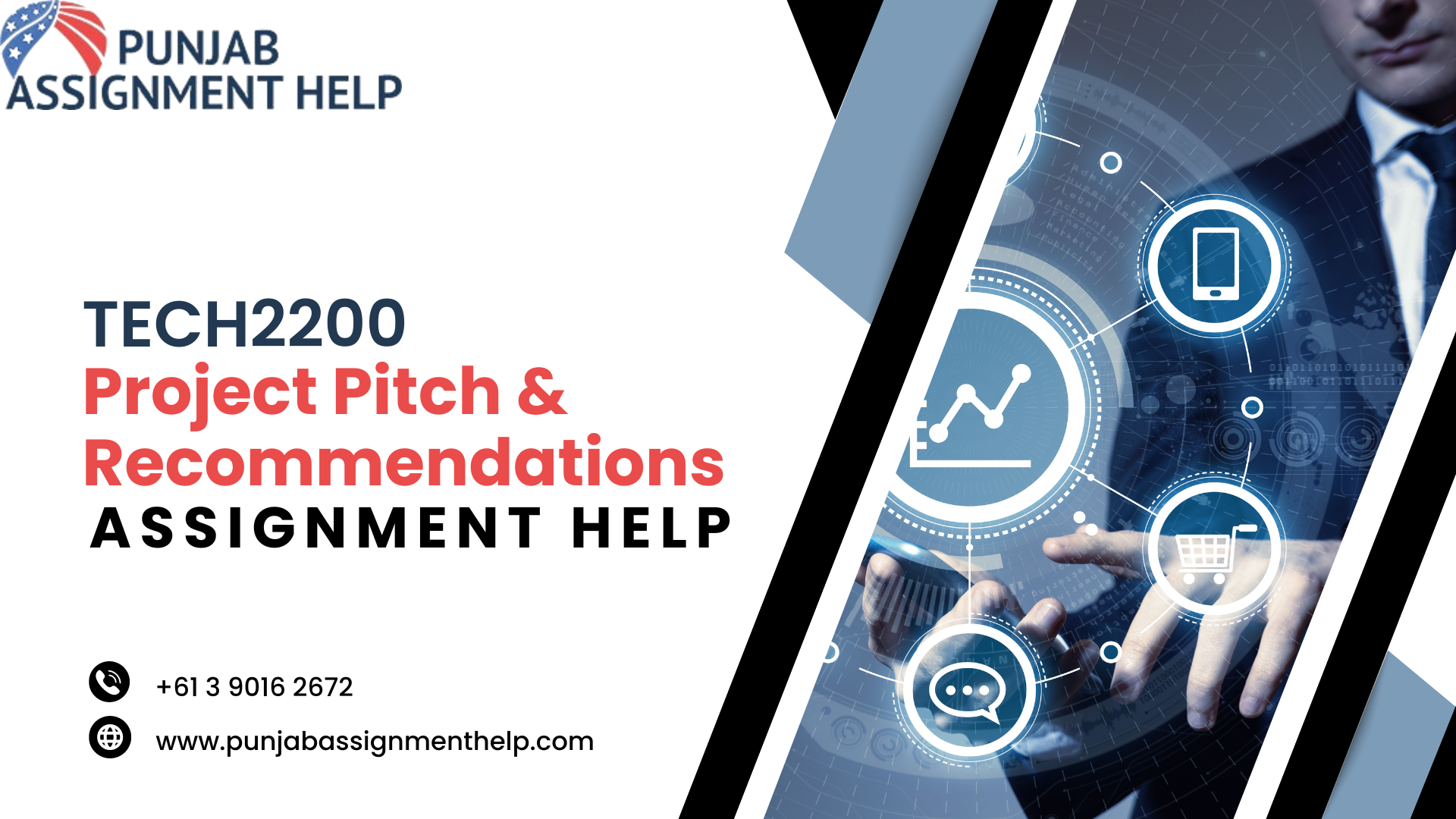
| Criteria | F (Fail) 0 – 49% | P (Pass) 50 – 64% | C (Credit) 65 – 74% | D (Distinction) 75 – 84% | HD (High Distinction) 85 – 100% | Mark |
| Introduction (project team and project business case) | Poor introduction included in the slide deck. Missing most team members in the introduction. Business case is summarised poorly and missing most of the following (problem, solution, benefits, or goals) | Reasonable introduction included in the slide deck. Missing more than one team members in the introduction. Business case is summarised but missing more than one of the following (problem, solution, benefits, or goals) | Good introduction included in the slide deck with relatively clear project team information including the presenter (one team member is missing). Business case is summarised reasonably ok but missing one of the following (problem, solution, benefits, or goals) | Very good introduction included in the slide deck with clear project team information including the presenter. Business case is well summarised which includes problem, solution, benefits, and goals | Excellent introduction included in the slide deck with clear project team information including the presenter. Business case is excellently summarised which includes problem, solution, benefits, and goals | /4 |
| Summary of project management plan | Poor summary of project management plan in the slide deck. Poor choice of words used in the summary without any clarity. The summary missing most of the key elements such as scope, schedule, budget, risk | Reasonably ok summary of project management plan in the slide deck. ok choice of words used in the summary but not really clear to support the presentation to the audience. The summary missing more than one of the key elements such as scope, schedule, budget, risk | Good summary of project management plan in the slide deck. Good choice of words used in the summary to support the presentation to the audience. The summary covers most of the key elements such as scope, schedule, budget, risk | Very good summary of project management plan in the slide deck. Very good choice of words used in the summary to support the presentation to the audience. The summary covers most of the key elements such as scope, schedule, budget, risk | Excellent summary of project management plan in the slide deck. Excellent choice of words used in the summary to well support the presentation to the audience. The summary covers the key elements such as scope, schedule, budget, risk | /6 |
| Change management | Poor change management explained in the slide deck without using Lewin’s model. No evidence of understanding of the model. Provide no recommendation | Reasonably ok change management explained in the slide deck using Lewin’s model but missing any of Unfreeze, Change or Refreeze and lacking evidence of understanding of the model to support your points in the presentation. Provide 1 recommendation1 | Good change management explained in the slide deck using Lewin’s model (Unfreeze, Change, Refreeze) with some arguments however lacking evidence of understanding of the model to support your points in the presentation. Provide 2 recommendations | Very good change management explained in the slide deck using Lewin’s model (Unfreeze, Change, Refreeze) with good arguments and evidence of some understanding of the model to support your points in the presentation. Provide 3 recommendations | Excellent change management explained in the slide deck using Lewin’s model (Unfreeze, Change, Refreeze) with strong arguments and evidence of comprehensive understanding of the model to support your points in the presentation. Provide at least 3 recommendations | /8 |
| Success factors | Success factors poorly or not described (less than 2) in the slide deck. Poor pitch or no pitch to the project sponsor so that the project will not be approved | Success factors reasonably described (2) in the slide deck, but the pitch is relatively week which makes the project approval process difficult | Good success factors (3) described in the slide deck to provide a pitch for the project sponsor with some doubts which require more effort to clarify | Very good success factors (4) described in the slide deck to provide a good pitch for the project sponsor to approve the project | Excellent success factors (5) described in the slide deck to provide a convincing pitch for the project sponsor to approve the project | /8 |
| Oral presentation skills | Weak use of vocabulary and non-fluencies in the delivery (Ums, Ahs). Intended meaning is difficult to follow. Speaker seems unprepared or is reading by rote from notes or the screen. | Poor word choices undermine the clarity of some ideas. Spoken and written (slide) content mirror one another, creating a monotonous presentation. Speaking pace is too fast or too slow and fails to consider audience needs. | Reasonably good oral presentation skills. Word choices adequate for conveying ideas. Could be more variation between spoken and written (slide) content. Speaking pace does not always consider audience needs. | Very good oral presentation skills. Great vocabulary covers key concepts succinctly. Spoken content complements written (slide) information. Speaking pace is audience-friendly | Excellent oral presentation skills. Ideas cogently and succinctly presented using a wide vocabulary. Spoken content complements and supplements written (slide) information. Speaks at an audience-friendly pace | /8 |
| Slide deck format | Less than 6 PowerPoint slides used, or slides were not clearly visible during the presentation. Text content per slides was poorly written. | Adequate number of slides were prepared and presented. Slides show poor awareness of good slide construction. | Reasonably good slide format. Adequate number of slides were delivered. Slides show moderate awareness of good slide construction. | Very good judgement shown in the length of slide deck. Slides display sound understanding of the principles of PowerPoint preparation. | Excellent judgement shown in the ratio between length of slide deck and running time. Slides display strong understanding of the principles of PowerPoint preparation. Appropriate use of images enriches the presentation of slides | /4 |
| Referencing | Poor referencing with less than 2 references cited, or more than 2 references cited but without following the KBS referencing guide | Reasonably good referencing with 2 references cited following the KBS referencing guide | Good referencing with 3 references cited following the KBS referencing guide | Very good referencing with 4 references cited following the KBS referencing guide | Excellent referencing with 5 or more references cited following the KBS referencing guide | /2 |
Feedback and grades will be released via MyKBS | Total: /40 | |||||
Traffic Light | Amount of Generative Artificial Intelligence (GenerativeAI) usage |
Evidence Required | This assessment (✓) |
Level 1 |
Prohibited:
No GenerativeAI allowed
This assessment showcases your individual knowledge, skills and/or personal experiences in the absence of Generative AI support. |
The use of generative AI is prohibited for this assessment and may potentially result in penalties for academic misconduct, including but not limited to a mark of zero for the assessment. | |
Level 2 |
Optional:
You may use GenerativeAI for research and content generation that is appropriately referenced.
See assessment instructions for details
This assessment allows you to engage with Generative AI as a means of expanding your understanding, creativity, and idea generation in the research phase of your assessment and to produce content that enhances your assessment. I.e., images. You do not have to use it. |
The use of GenAI is optional for this assessment.
Your collaboration with GenerativeAI must be clearly referenced just as you would reference any other resource type used. Click on the link below to learn how to reference GenerativeAI.
https://library.kaplan.edu.au/referencing- other-sources/referencing-other-sources- generative-ai
In addition, you must include an appendix that documents your GenerativeAI collaboration including all prompts and responses used for the assessment.
Unapproved use of generative AI as per assessment details during the content generation parts of your assessment may potentially result in penalties for academic misconduct, including but not limited to a mark of zero for the assessment. Ensure you follow the specific assessment instructions in the section above. |
✓ |
Level 3 |
Compulsory:
You must use GenerativeAI to complete your assessment
See assessment instruction for details
This assessment fully integrates Generative AI, allowing you to harness the technology's full potential in collaboration with your own expertise.
Always check your assessment instructions carefully as there may still be limitations on what constitutes acceptable use, and these may be specific to each assessment. |
You will be taught how to use generative AI and assessed on its use.
Your collaboration with GenerativeAI must be clearly referenced just as you would reference any other resource type used. Click on the link below to learn how to reference GenerativeAI.
https://library.kaplan.edu.au/referencing- other-sources/referencing-other-sources- generative-ai
In addition, you must include an appendix that documents your GenerativeAI collaboration including all prompts and responses used for the assessment.
Unapproved use of generative AI as per assessment details during the content generation parts of your assessment may potentially result in penalties for academic misconduct, including but not limited to a mark of zero for the assessment. Ensure you follow the specific assessment instructions in the section above. |


Get original papers written according to your instructions and save time for what matters most.